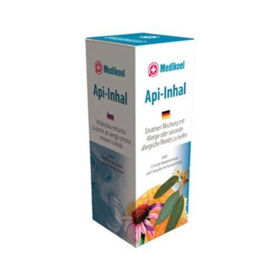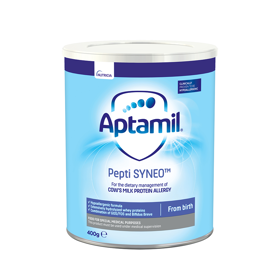Customer question:
Is milk allergy the same as lactose intolerance? Anonymous customer's question
Pharmacist's answer:
Milk allergy and lactose intolerance are two conditions related to milk sensitivity but have different causes, mechanisms, and symptoms. A milk allergy is an immune response to proteins in milk, most commonly casein and whey proteins. It is an allergic reaction of the immune system to these proteins, which can lead to various symptoms such as rashes, itching, swelling, breathing problems, diarrhea, vomiting, and even anaphylactic shock. Milk allergy can occur in children and adults.
Lactose intolerance is when the body does not produce enough lactase enzymes to break down lactose (the sugar in milk). This means lactose remains undigested in the digestive tract and can cause symptoms such as bloating, abdominal pain, diarrhea, and vomiting. Lactose intolerance is more common in adults, as the ability to produce lactase can decrease with age.
It is essential to distinguish between these conditions, as they have different consequences and nutritional requirements. People with milk allergies must completely exclude milk and all its products from their diet. In contrast, people with lactose intolerance can often consume lactose-free products or use nutritional supplements with lactase, which helps digest lactose. Diagnosis and management of these conditions should be performed under the supervision of a physician.
Interesting reading: Lactose intolerance symptoms
Interesting reading: Lactose intolerance test price












 Facebook
Facebook
 Instagram
Instagram
 info@moja-lekarna.com
info@moja-lekarna.com

